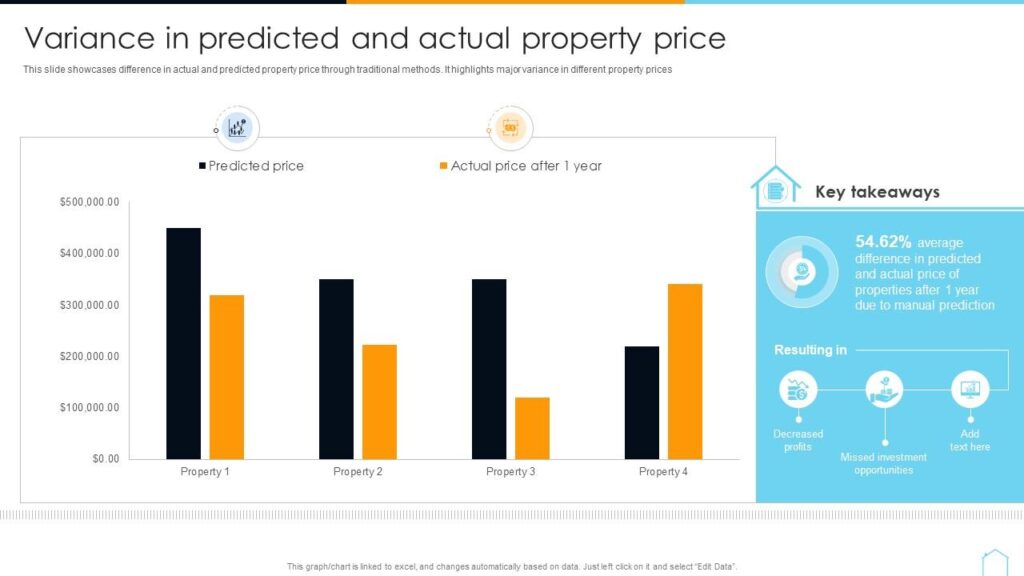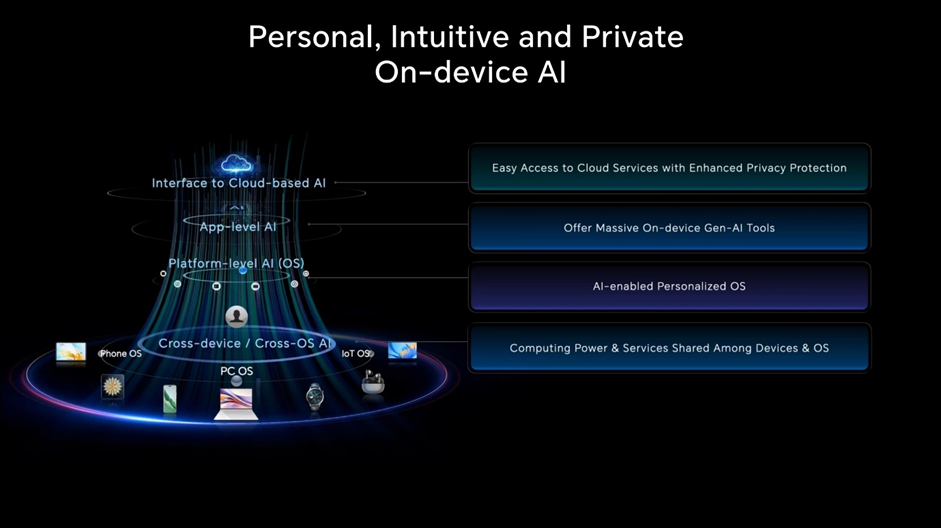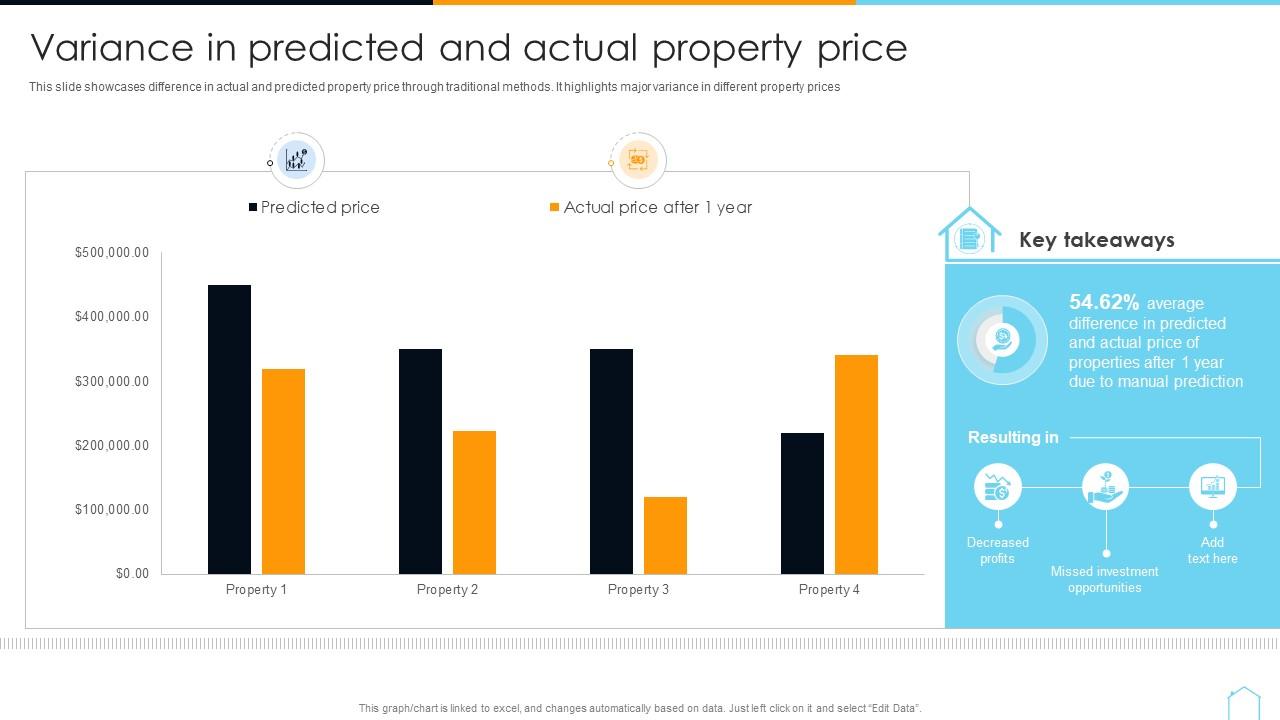Artificial Intelligence Supervised Learning A Fun and In-Depth Guide
Supervised learning might sound like you’ve got a teacher standing behind your AI’s shoulder, grading its homework, and giving it gold stars for every correct prediction. And honestly, that’s not far from the truth. In this article, we’re diving deep into artificial intelligence supervised learning, breaking it down in a way that feels more like a coffee chat than a lecture hall. By the end, you’ll not only understand how it works but also how it impacts our daily lives.
What Supervised Learning Really Means
When people say supervised learning, they’re talking about a subset of machine learning where an algorithm is trained on a labeled dataset. Translation? The data has the right answers attached to it, and the algorithm learns by comparing its guesses with the actual results. Think of it like a kid learning math by checking the answers in the back of the book.
The Teacher-Student Analogy
Picture supervised learning as a classroom where the algorithm is the student and the dataset is the teacher’s answer key. The student keeps practicing, making mistakes, and improving until they ace the test. That’s essentially how algorithms learn to recognize cats in photos, detect spam emails, or even predict stock prices.
Why Labels Matter
Without labels, supervised learning would be like giving a student a math problem without ever showing them the solution. Labels give direction. They help the algorithm understand what’s right and what’s wrong, which is why data preparation is often the most time-consuming part of supervised learning projects.
Key Types of Supervised Learning
Supervised learning is like a buffet; it has different dishes that serve different purposes. The two main categories are regression and classification.
Regression: Predicting Numbers

Regression is all about predicting continuous values. For example, if you’re trying to predict house prices based on size, location, and number of bedrooms, regression has your back. It’s like trying to guess how much your rent will be next year based on the current market.
Classification: Sorting Things into Boxes
Classification is where you put things into categories. Is this email spam or not spam? Is this image of a dog or a cat? The algorithm learns from labeled examples and gets better at sorting new data into the right box.
How Supervised Learning is Used in Real Life
Okay, enough theory. Let’s talk about the fun stuff, how supervised learning sneaks into your life daily without you even noticing.
Spam Filters and Email Protection

Every time Gmail saves you from that sketchy “You’ve won a million dollars” email, you can thank supervised learning. Spam filters are trained on thousands of labeled emails marked as spam or not spam. The more data they get, the better they protect your inbox.
Personalized Recommendations
Ever wonder how Netflix knows what you want to binge-watch next or how Amazon suggests the exact gadget you didn’t know you needed? That’s supervised learning flexing its muscles with recommendation systems trained on your past behavior.
Fraud Detection in Banking
Banks love supervised learning because it helps detect fraudulent transactions. Algorithms are trained on labeled examples of legitimate vs fraudulent transactions, and they raise a red flag when something looks suspicious.
The Costs and Tools Behind Supervised Learning
Supervised learning isn’t free; it comes with costs in data collection, computation, and maintenance. Let’s break it down.
Data Preparation Costs

Gathering and labeling data takes time, effort, and sometimes a small army of human annotators. Here’s a quick look at potential costs:
| Resource | Estimated Cost Range |
|---|---|
| Data labeling (per 1k items) | $50 – $500 |
| Cloud storage (per TB) | $20 – $100 per month |
| Annotation tools | $0 – $1,000+ (depends on tool) |
Tools You’ll Probably Use
Developers don’t usually reinvent the wheel; they use popular frameworks. Python is the go-to language, while libraries like TensorFlow, PyTorch, and Scikit-learn handle the heavy lifting. If supervised learning were a band, these tools would be the lead guitarist, drummer, and bass player.
Challenges in Supervised Learning
It’s not all sunshine and accurate predictions. Supervised learning comes with challenges that can make developers want to pull their hair out.
Overfitting: When the Model Tries Too Hard
Overfitting happens when your model memorizes the training data so well that it fails to perform on new data. It’s like that kid who can recite textbook definitions word-for-word but has no clue how to apply them in real life.
Data Bias and Fairness
Supervised learning is only as fair as the data it’s trained on. If your dataset has biases, your model will reflect them. That’s how AI ends up making unfair decisions in hiring, lending, or law enforcement.
The Future of Supervised Learning
Supervised learning isn’t going anywhere. In fact, it’s getting more advanced, more efficient, and more embedded in everyday applications.
Hybrid Models with Unsupervised Learning

The future may lie in combining supervised learning with unsupervised learning. Hybrid models could handle more complex tasks, balancing labeled guidance with the flexibility to discover new patterns.
Automated Data Labeling
One of the biggest bottlenecks in supervised learning is data labeling. But with advancements in automation, AI could start labeling its own data, making projects faster and cheaper.
Conclusion: Why Artificial Intelligence Supervised Learning Matters
Supervised learning is the friendly teacher of the AI world. It gives algorithms the structure they need to learn, improve, and eventually perform tasks better than most humans in certain areas. From spam filters to fraud detection, it’s already embedded in our daily lives, and it’s only becoming more important.
The bottom line? Artificial intelligence supervised learning isn’t just for tech nerds. It’s the reason your Netflix queue feels eerily accurate, your emails stay clean, and your bank account stays safe. As technology evolves, supervised learning will continue to shape industries, streamline processes, and open new possibilities.
Frequently Asked Questions
1. What is artificial intelligence supervised learning in simple terms?
It’s when an algorithm learns from labeled examples, like a student studying with an answer key.
2. What are some common applications of supervised learning?
Spam detection, recommendation systems, fraud detection, image recognition, and medical diagnosis are a few examples.
3. What’s the difference between regression and classification?
Regression predicts continuous values (like prices), while classification sorts things into categories (like spam or not spam).
4. Why is data labeling important in supervised learning?
Labels provide the “correct answers” that help algorithms learn effectively. Without labels, the model wouldn’t know what’s right or wrong.
5. What are the main challenges of supervised learning?
Overfitting, data bias, high costs of data labeling, and the need for massive datasets are some of the biggest challenges.







